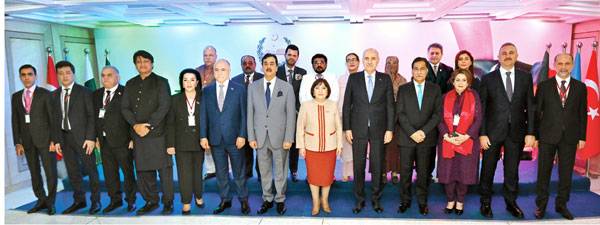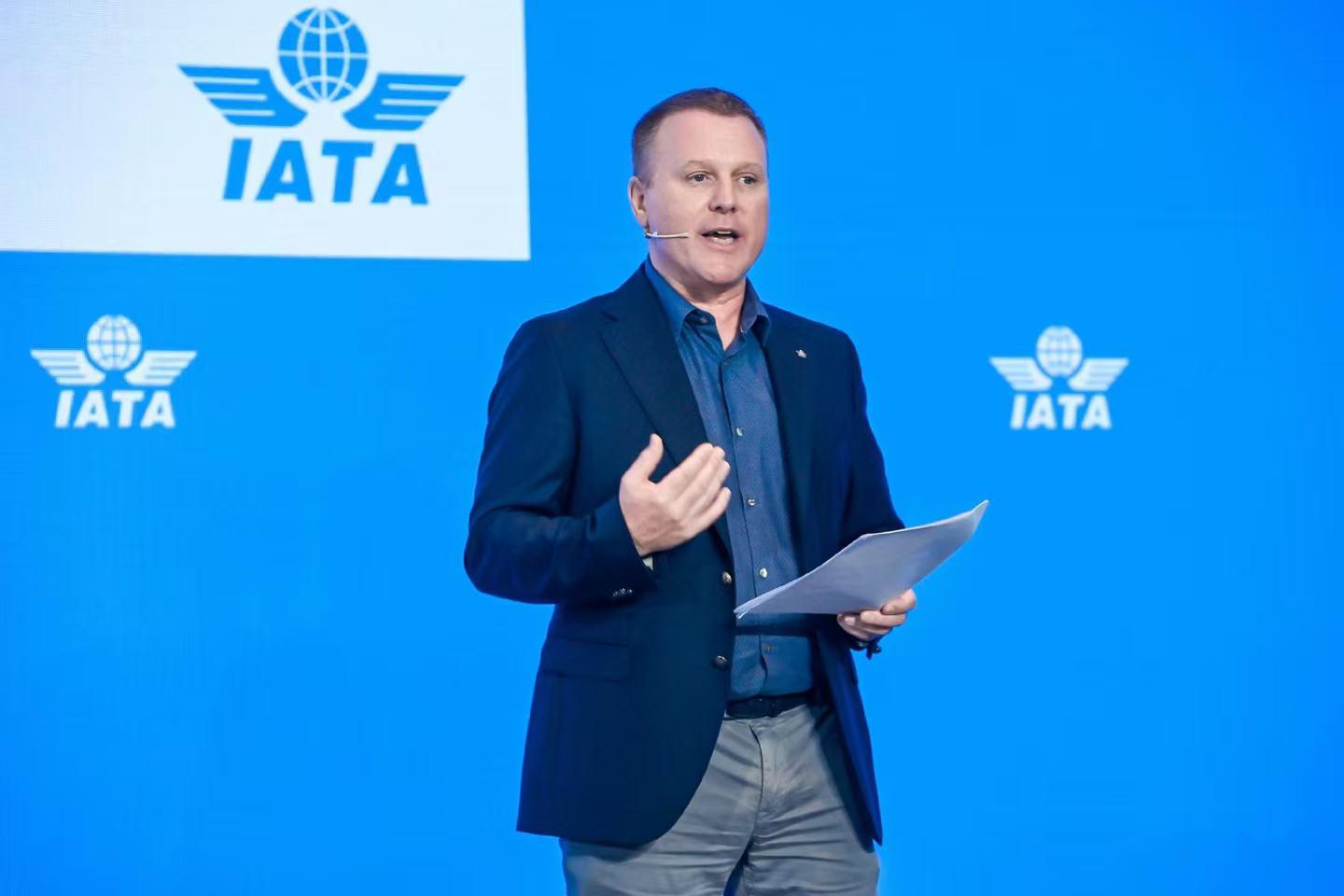Nina Kumowski, MD, of the Department of Radiology and Center for Systems Biology at Massachusetts General Hospital, is the lead author and Matthias Nahrendorf, MD, PhD of the Department of Radiology and Center for Systems Biology at MGH, is the…
Blog
-

PTSD following sexual assault linked to profound fronto-limbic brain changes
Around 70% of women who suffer a sexual assault develop PTSD; now scientists have shown that many of these women show a marked reduction in the usual communication between two important brain areas involved in processing and control…
Continue Reading
-
Scientists Uncover the Brain’s Hidden Pain Switch – SciTechDaily
- Scientists Uncover the Brain’s Hidden Pain Switch SciTechDaily
- A parabrachial hub for need-state control of enduring pain Nature
- Hunger, Fear, and the Brain’s Hidden Switch to Turn Off Chronic Pain Neuroscience News
- Scientists discover brain…
Continue Reading
-

President for trilateral economic coop among Pakistan, Türkiye, Azerbaijan
ISLAMABAD – Speaker of the Grand National Assembly of Türkiye, Dr. Numan Kurtulmu, and Chairperson of the Milli Majlis of Azerbaijan, Mrs. Sahiba Gafarova, called on President Asif Ali Zardari at Aiwan-e-Sadr on Monday.
Sardar Ayaz Sadiq,…
Continue Reading
-

Govt delegation meets Fazl, Opp rejects KP CM election as unconstitutional
ISLAMABAD – A government delegation called on Jamiat Ulema-e-Islam (Fazl) chief Maulana Fazlur Rehman at his residence yesterday to discuss the evolving political situation in Khyber Pakhtunkhwa.
The delegation from the Pakistan Muslim…
Continue Reading
-
Turkiye, Azerbaijan assemblies’ speakers meet Zardari – Business Recorder
- Turkiye, Azerbaijan assemblies’ speakers meet Zardari Business Recorder
- Turkish, Azeri parliament speakers arrive in Islamabad Dawn
- Zardari calls for stronger Pakistan–Türkiye–Azerbaijan economic bloc to boost regional connectivity Profit…
Continue Reading
-

Ultraviolet light helps growers put fungicides to bed in new R&D project | News
A new Australian research project is aiming to replace chemical fungicides with ultraviolet light in the fight against powdery mildew – a disease that can wipe out up to 30 per cent of strawberry crops each year.
The four-year initiative,…
Continue Reading
-

Anesthesiologist-led care speeds surgery and reduces complications for hip fracture patients
When anesthesiologists lead the preoperative process, patients undergoing surgery for hip fractures – one of the leading causes of hospitalization in older adults – get to the operating room (OR) faster and have fewer complications,…
Continue Reading
-

IATA – WSOC 2025 Speech
Translations: WSOC大会欢迎辞 – Mark Searle (pdf)
Introduction
Ministers, ladies and gentlemen, colleagues, welcome to the IATA World Safety and Operations Conference.
A special welcome to our VIPs:
- Wang Yongli, Executive Vice Governor of Fujian Provincial People’s Government
- Han Jun, Deputy Administrator of CAAC
- Wu Bing, Mayor of Xiamen Municipal People’s Government
- Ma Tao, Regional Director of ICAO Asia and Pacific Office
- Zhao Dong, Chairman of Xiamen Airlines
It is a pleasure to be in Xiamen, and I will start by thanking our host, Xiamen Airlines, for the warm welcome. This is the first time that WSOC is meeting in China. And it’s significant. China is an aviation powerhouse: one of the world’s largest markets for passenger services and air cargo. From the standpoint of safety and operations it presents several good examples to follow:
- Many carriers have signed the IATA Safety Leadership Charter
- In line with global standards, it is safeguarding critical spectrum bandwidth for aviation as it rolls out 5G telecommunications technology
- And new entry / exit points with neighbouring Tajikistan and Kyrgyzstan have created over 40 international waypoints, giving airlines more flexibility to use advanced navigation systems for safer, more efficient routes
Working together—industry and the authorities—we are supporting China to get the most out of its significant investments in aviation. Our last tally showed that aviation contributes $250 billion to China’s GDP and supports 10.2 million jobs.
The improvements that we have achieved here demonstrate the important role of leadership, global standards and data analysis in making aviation the safest mode of transport. We must never let that slip, even in the face of evolving risks.
And make no mistake, airlines are operating in an increasingly conflict-ridden environment with grave consequences that have been all too clear recently.
- An Azerbaijan Airlines jet was downed with 38 lives lost, and
- In Sudan, two further incidents together claimed 25 lives.
Fortunately, such tragedies are rare, but they remain completely unacceptable. Civilian aircraft should never face such risks, even by accident.
And we cannot forget that, in addition to these well reported tragedies, airlines face and safely manage disruptions from geopolitical instability every day.
- The war in Ukraine cancels up to 2,000 flights every day and reroutes another 1,500
- The India–Pakistan conflict forced more than 200 daily diversions, with traffic at some waypoints rising 70–80%
- Drone incursions, such as we are seeing in Poland, Germany, Denmark, and Norway, add further strain
- And, lastly, reports of GNSS interference have grown by more than 200% between 2021 and 2024
Even with established procedures, precautionary measures, restrictions and rerouting, confidence and connectivity is disrupted, journeys are longer, and costs and emissions are higher.
As leaders of global aviation’s safety and operations, we have a duty to manage today’s risks while anticipating and preparing for the risks of tomorrow. That is the “future proofing” that is referenced in the theme of this conference.
Future proofing begins with your leadership—the role of which is expressed in the IATA Safety Leadership Charter. The Charter now encompasses some 90% of global traffic. It points us towards a safety culture that focuses on the two fundamental tools we have to continue to improve safety and operations:
- Global standards which we must keep relevant, and
- Making the best use of the enormous amount of data we generate to improve our operations
That, of course, is nothing new but we can and must do more with both.
Global standards are the bedrock of global aviation. We could not provide the connectivity that the world needs if each country had its own rules. We must avoid fragmentation by ensuring that the standards we have are continuously adapted to be fit for purpose.
Data has long helped us make critical decisions. We are capturing more data than ever before. And, with the capabilities of artificial intelligence, our ability to turn that data into critical insights that deliver more relevant and powerful outcomes continues to grow.
Global standards and data will recur throughout the WSOC program. In anticipation of that, I’d like to help set the scene with some reflections on how these apply to IATA’s work on some of our most critical topics.
Global Standards
Let’s start with global standards, where we have an important agenda of standards that either need to be defended, implemented, or both. Here are four priority examples:
- GNSS interference, which I mentioned earlier, is a critical example. Neither spoofing nor jamming of GNSS systems is acceptable. But with geopolitical tensions driving such risks, our crews are well trained to manage them. Together with EASA, IATA has launched a GNSS Resilience Plan built on four priorities: monitoring and reporting, prevention tools, backup infrastructure, and civil–military coordination. The next step is for ICAO to advance these solutions with global standards, guidance, and reporting.
- The radio spectrum we rely on for navigation is defined in ITU’s global standards and must be protected for safety of operations. But the growing demand for spectrum from 5G and eventually 6G is challenging aviation’s allocations. In the US, Australia, and Canada, some 5G rollouts created interference risks near airports and forced costly retrofits. The lesson is clear: we need stronger coordination with telecom regulators and realistic timelines for sunsetting of mitigations, as well as future on-board systems that are more resilient.
- Global standards ensure the safe carriage of lithium batteries by passengers and that matters because almost every traveler carries lithium-powered devices. An IATA survey found that while 57% of passengers believe they know the rules and another 36% say they know the basics, nearly half mistakenly think it’s safe to pack power banks or small devices in checked baggage or are unclear about power limits. To reinforce the standards, we are launching the Travel Smart with Lithium Batteries campaign to raise awareness on the rules that keep everyone safe.
- The last example I’ll raise on global standards is accident reporting, set out clearly in Annex 13 of the Chicago Convention. Yet only 58% of accidents between 2019 and 2023 have, to date, delivered a final report. When reports are delayed, the industry loses vital safety insights and space is created for speculation, rumors, and conspiracy theories. That’s why we continue to remind governments of their obligations while also recognizing success, such as the timely preliminary reports published for recent accidents in India, South Korea, and the US.
Data
Turning to data, the first point I want to emphasize is how our growing use of safety and operational information is transforming the industry. The flagship is the Global Aviation Data Management (GADM) program, which turns millions of data points from our members into actionable intelligence.
This is clearly demonstrated with Turbulence Aware – included in GADM – which enables pilots and dispatchers to share information on this safety risk. Participation in the program has grown by 25% over the last year. The fleet of 3,200 Turbulence Aware aircraft now includes new joiners Air France, Etihad and the SAS. And with each new contributing aircraft the better our ability to mitigate the risks of turbulence.
We also see the potential in SafetyIS which is so rich in-flight data from 217 airline contributors that we can now achieve predictive insight. For example, a spike in collision-avoidance alerts was identified at a major Latin American airport before it was noticed locally—allowing timely interventions that reduced risks and improved safety.
And lastly, we see the potential for data to transform the safety world in the rollout of risk-based IOSA. Data on risks guides how the audits are adapted to each airline. And, as a result, we are seeing more findings – some 8,000 corrective actions have already been identified and that number will grow.
I encourage all of you to make sure that your airline is getting the most out of this data revolution by joining two important communities:
- GADM which includes the Flight Data eXchange (FDX), Incident Data eXchange (IDX), and Maintenance Cost Data eXchange (MCX)—provides critical insights that help airlines and regulators make better decisions.
- IATA Connect. Already 5,600 users from over 600 organizations have come together in a community that shares data and insights from IATA’s many safety programs that can make us all safer. Soon this community will expand to include ISAGO users adding another important dimension to its potential.
ICAO Assembly
Just before concluding my remarks, I have two additional points to those on leadership, data and standards. First, I would like to quickly report on the conclusions of the 42nd ICAO Assembly that took place earlier this month. We all know that ICAO is incredibly important for our industry as the ultimate keeper of global standards. That’s why every three years we make a major effort to ensure that the industry’s concerns are heard by the delegates and reflected in the Assembly’s conclusions.
In total this year, IATA submitted 14 papers, largely with very positive results. Some of the highlights include:
- Accepting our recommendation that data from its two key state audits USOAP (Universal State Oversight Audit Program) and the State Safety Program Implementation Audit (SSP-IA) should feed into the standard-setting process.
- Supporting a move forward to increase in pilot retirement age to 67
- Reaffirming the need for States to adhere to the framework, laid out in Annex 13, to complete accident investigations as internationally agreed.
- Ensure that aircraft equipment mandates, are achievable across all stakeholders that they will impact
Including these in the final Assembly report is of great consequence. And our job over the next three years is to use the Assembly’s endorsements to implement the required changes.
Supply Chain
Secondly the supply chain. Safety resilience also depends on the wider aviation system. And today, the supply chain is under strain.
- Aircraft deliveries fell to just 1,254 in 2024, 30% below pre-COVID peaks
- The backlog has grown to a record 17,000 aircraft
- Engine issues have grounded hundreds of aircraft
The financial hit will exceed $11 billion this year, but the greater concern is safety: stretched fleets, delayed maintenance, and limited spares erode the buffers that protect operations.
IATA is responding with tools like MRO SmartHub, which allows members to have better visibility of the serviceable used aircraft parts available in the aftermarket and gives airlines real-time data to reduce parts delays and keep fleets flying safely.
Together with Oliver Wyman, we are releasing a new report at this conference. It calls for urgent action: expand capacity, promote fair competition and alternatives, and improve forecasting and data visibility, practical steps to restore resilience and protect aviation’s safety margins.
Conclusion
On that note, on behalf of the whole IATA team, I look forward to working with you and your teams to provide the leadership needed to improve safety and operations with relevant global standards and the power of data.
The challenges that we face are many and dynamic. But by keeping focused on leadership, standards and data, I know that we will be able to build an industry that is even safer, more efficient and fully able to provide the connectivity that the world needs to prosper.
I wish you all a productive and successful conference.
Continue Reading
-
Indian textile exporters turn to Europe, offer discounts to offset US tariffs – Reuters
- Indian textile exporters turn to Europe, offer discounts to offset US tariffs Reuters
- Textiles face tariff turmoil amid US-China tensions and India’s woes Business Standard
- US tariffs hit India’s textile exports by 50%: CITI | Tap to know more | Inshorts Inshorts
- U.S. tariff hits Indian textile and apparel exporters; 50% drop in revenues, says survey Fortune India
- India’s 28% textile export share at risk as US tariffs bite: CITI Fibre2Fashion
Continue Reading
